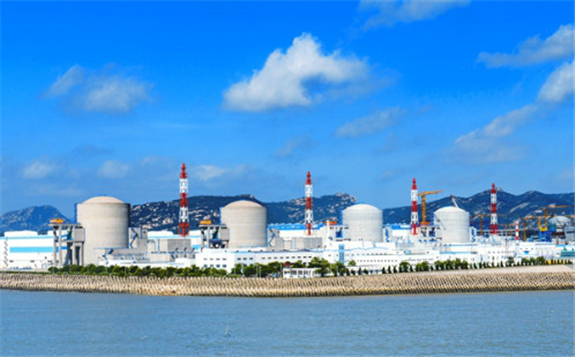Russia’s Federal Service for Ecological, Technological and Nuclear Supervision (Rostekhnadzor) has issued a licence for the operation of unit 2 at the Leningrad II NPP (LNPP II), the plant said on 17 July.

The licence allows the loading of nuclear fuel (physical launch) and further operation of the power unit. Before issuing the licence, Rostekhnadzor checked the readiness of technological systems and equipment, unit personnel, and operational documentation for the “physical start-up” phase. It verifies that all construction, installation and commissioning works, all tests of technological systems and safety systems of the power unit have been completed in full and with high quality. The staff, which comprises 200 specialists in six operational shifts, has received all the necessary permissions and approvals and has already begun to manage all processes at the new facility, said Vladimir Pereguda, Director of Leningrad NPP.
The commissioning of the VVER-1200 power unit No. 6 will take place in stages and will begin with the physical start-up, when the fuel assemblies with fresh nuclear fuel are loaded in the near future. At the subsequent stages, during the power start-up, pilot operation and comprehensive testing of the power unit, all systems will pass the final check. Commissioning is scheduled for 2021. The new unit will replace the RBMK-1000 at unit 2 of the original Leningrad NPP, which has been in operation for 45 years.
LNPP-II, with four VVER-1200 reactors, will replace the existing Leningrad NPP which hosts four ageing 1000MWe RBMK units. Leningrad 1 was withdrawn from service in December 2018 after 45 years of operation, once Leningrad II-1 had been commissioned.
LNPP-II chief engineer Alexander Belyaev said on 14 July that the highest cooling tower in the North-West of Russia had already been commissioned at unit 2. The 167-metre-high hydraulic structure will provide water cooling in the circulating water supply systems of the Leningrad NPP for 60 years. “The tower is 17 metres taller than the two cooling towers which serve LNPP-II unit 1. The design solution will significantly reduce capital costs, energy consumption for domestic needs, as well as reducing the area of ??the industrial NPP site while maintaining all the requirements of technology and safety,” Belyaev explained.
Evaporative cooling towers operate as part of a cooling system for nuclear power units. Water circulates in a closed circuit, taking away excess heat from the cooled units. And cooling towers, like water bodies, dissipate the excess heat of water. In this case, the water returns to the cycle of the cooling system. This minimises the environmental impact, and, in addition, reduces the cost of pumping and water treatment.